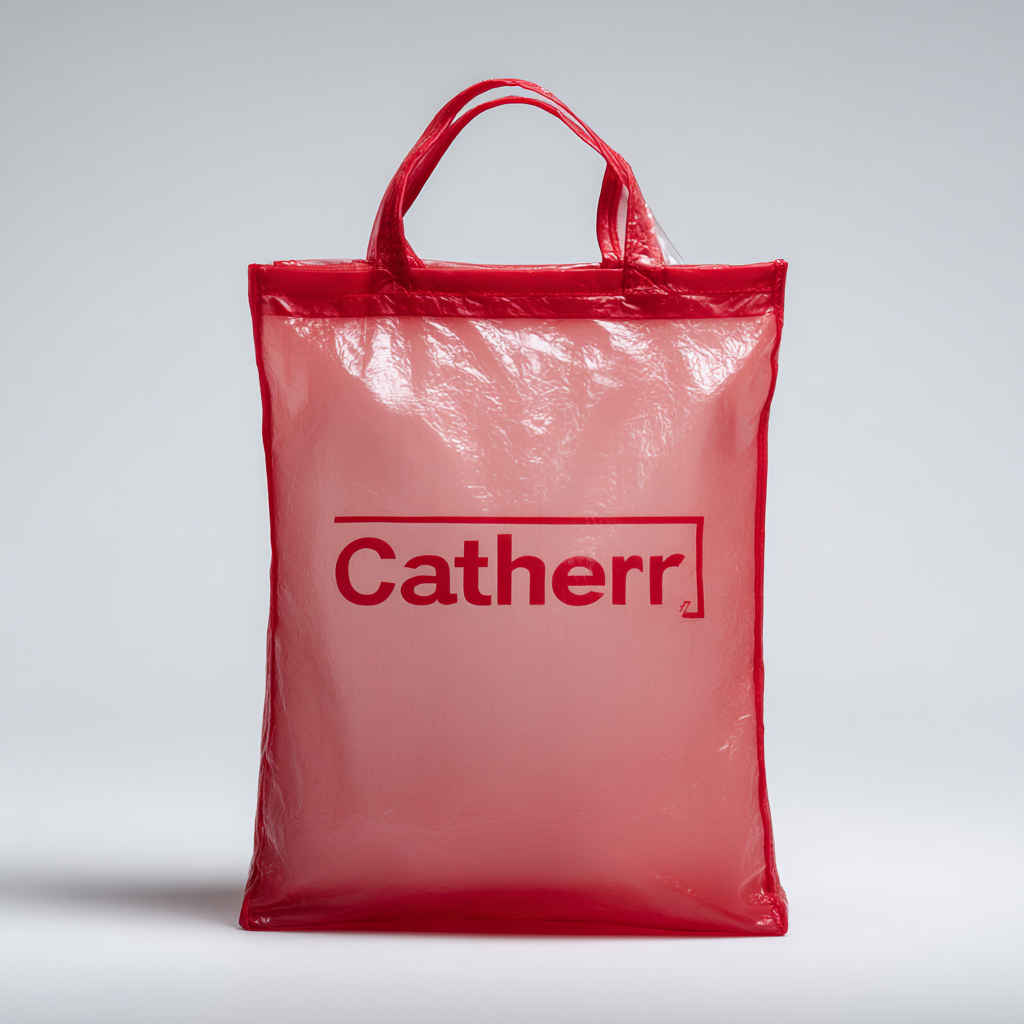
Exploring Innovative Alternatives to the Best Catheter Bag for Enhanced Patient Comfort
The future of catheter management is evolving, as healthcare professionals increasingly recognize the importance of patient comfort in enhancing the overall quality of care. Traditional catheter bags, while functional, often cause discomfort and can lead to complications such as urinary tract infections; reports indicate that up to 25% of patients using standard catheter bags experience adverse effects, affecting their recovery and well-being. In a quest for innovative alternatives, researchers and manufacturers are exploring advanced materials and designs aimed at improving user experience. Innovative solutions like wearable catheter bags and smart monitoring systems not only strive to increase comfort but also focus on hygiene and mobility for patients. By examining these emerging products, we can identify how the future of catheter bags can significantly impact patient satisfaction and health outcomes, marking a pivotal shift in catheter-related care practices.

Understanding the Importance of Catheter Bag Comfort in Patient Care
In recent years, the importance of catheter bag comfort in patient care has gained significant attention, particularly as we strive to enhance the overall patient experience. A comfortable catheter bag not only reduces the physical burden on patients but also plays a crucial role in psychological well-being, particularly for individuals facing chronic conditions or end-of-life care. As highlighted in recent studies, the global continence care market, valued at approximately $19.68 billion in 2024, is projected to experience a compound annual growth rate (CAGR) of 7.49% from 2025 to 2030. This growth indicates a heightened awareness and demand for innovative solutions that prioritize patient comfort.
Moreover, the utilization of urinary catheters in end-of-life care emphasizes the necessity for products that improve patient dignity and comfort. A well-designed catheter drainage system can significantly reduce complications and enhance the quality of life for patients, allowing them to receive care in their preferred environment without unnecessary discomfort. As healthcare providers continue to innovate and refine these essential medical tools, the focus must remain on creating catheter bag solutions that not only fulfill clinical needs but also align with the emotional and physical well-being of patients.
Innovative Materials and Designs: Redefining Catheter Bag Functionality
The landscape of catheter bag design is rapidly evolving, driven by the necessity for enhanced patient comfort and functionality. Traditional catheter bags are often bulky and uncomfortable, leading to a significant impact on the quality of life for users. As such, innovative materials are being explored to create lighter, more flexible options that cater to the diverse needs of patients. For instance, advancements in silicone and polyurethane allow for thinner, more breathable bags that minimize skin irritation while providing superior durability.
In addition to material improvements, the design of catheter bags is also being redefined. The integration of ergonomic features ensures that the bags can be securely positioned without causing discomfort. Adjustable straps and anti-leak mechanisms are key innovations, making it easier for patients to maintain their independence and engage in daily activities without worrying about leaks or visible bulging. These new designs not only enhance the user experience but also promote better hygiene and increase the overall functionality of catheter systems. As we continue to explore these innovative alternatives, the future of catheter management appears brighter and more accommodating for patients everywhere.

Addressing Common Challenges: Enhancing Usability for Patients and Caregivers
When it comes to catheter bag use, patient comfort and usability are paramount concerns for both patients and caregivers. According to a report by the National Association for Continence, nearly 25 million adults suffer from urinary incontinence, and the choice of catheter bag can significantly impact their quality of life. Traditional catheter bags often lead to complications such as skin irritation and infection, creating a pressing need for innovative alternatives that enhance usability.
Recent innovations in catheter bag design focus on user-friendly features aimed at reducing discomfort and improving accessibility. For instance, bags equipped with integrated drainage systems can minimize the effort required for emptying, while materials designed to promote breathability help prevent skin breakdown. A study published in the Journal of Wound Care found that patients using modern, ergonomically designed catheter bags reported a 30% reduction in skin irritation compared to those using standard options. Such advancements not only benefit patients but also alleviate the burden on caregivers tasked with managing catheter care, ultimately enhancing the overall experience of catheter use.
The Role of Chinese Manufacturing in Advancing Catheter Bag Technology
Chinese manufacturing has played a pivotal role in the evolution of catheter bag technology, significantly enhancing patient comfort and usability. The integration of advanced materials and innovative design from Chinese manufacturers has led to the development of catheter bags that are not only more durable but also more discreet and user-friendly. These improvements cater to the growing demand for solutions that prioritize patient dignity and lifestyle needs, ultimately making this medical device less intrusive.
Furthermore, collaboration between Chinese manufacturers and healthcare professionals has catalyzed a wave of innovation. Research and feedback from users are driving advancements in features such as anti-reflux systems, odor control, and ergonomic designs. Such enhancements not only improve the overall experience for patients but also address critical healthcare challenges like infection control and ease of use. As the industry continues to embrace these innovations, it is clear that China's influence is crucial in shaping the future of catheter bag technology, ensuring improved quality of life for patients around the world.

Patient-Centric Innovations: Feedback from Users on Catheter Bag Features
In the realm of catheter management, the user experience plays a vital role in determining product effectiveness and patient comfort. Recent feedback from users has highlighted specific features that can significantly enhance the functionality and comfort of catheter bags. Patients often express a desire for bags that are not only discreet but also easy to use, minimizing the anxiety associated with their condition. Innovations aimed at reducing noise during movement, incorporating hypoallergenic materials, and ensuring a secure fit have garnered positive responses from users, signaling a shift towards patient-centric design.
Moreover, the introduction of adjustable straps and breathable fabrics has proven essential for long-term wear, promoting greater mobility and a sense of normalcy for patients. User feedback emphasizes the importance of accessibility in features such as quick drainage systems and visual indicators for fullness, which empower patients to manage their condition with confidence. By prioritizing user-centered innovations, manufacturers can create catheter bags that truly cater to the needs and preferences of patients, ultimately improving their quality of life and overall satisfaction with their care.
